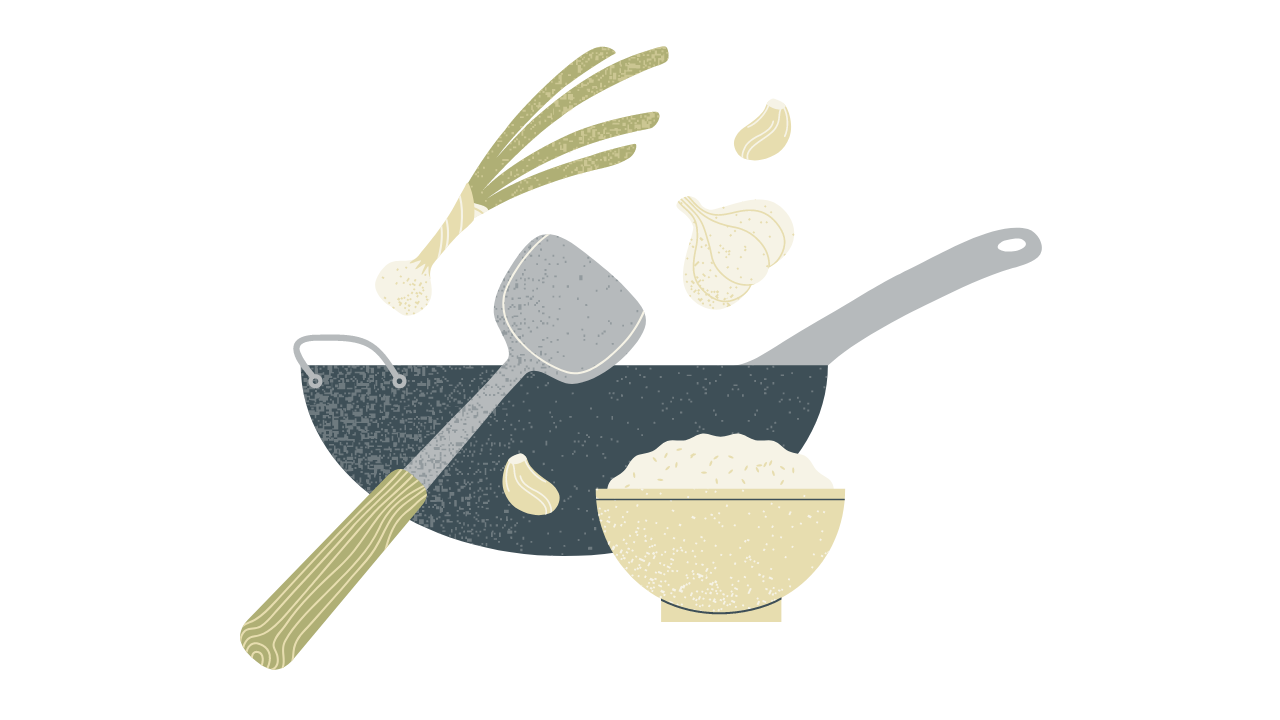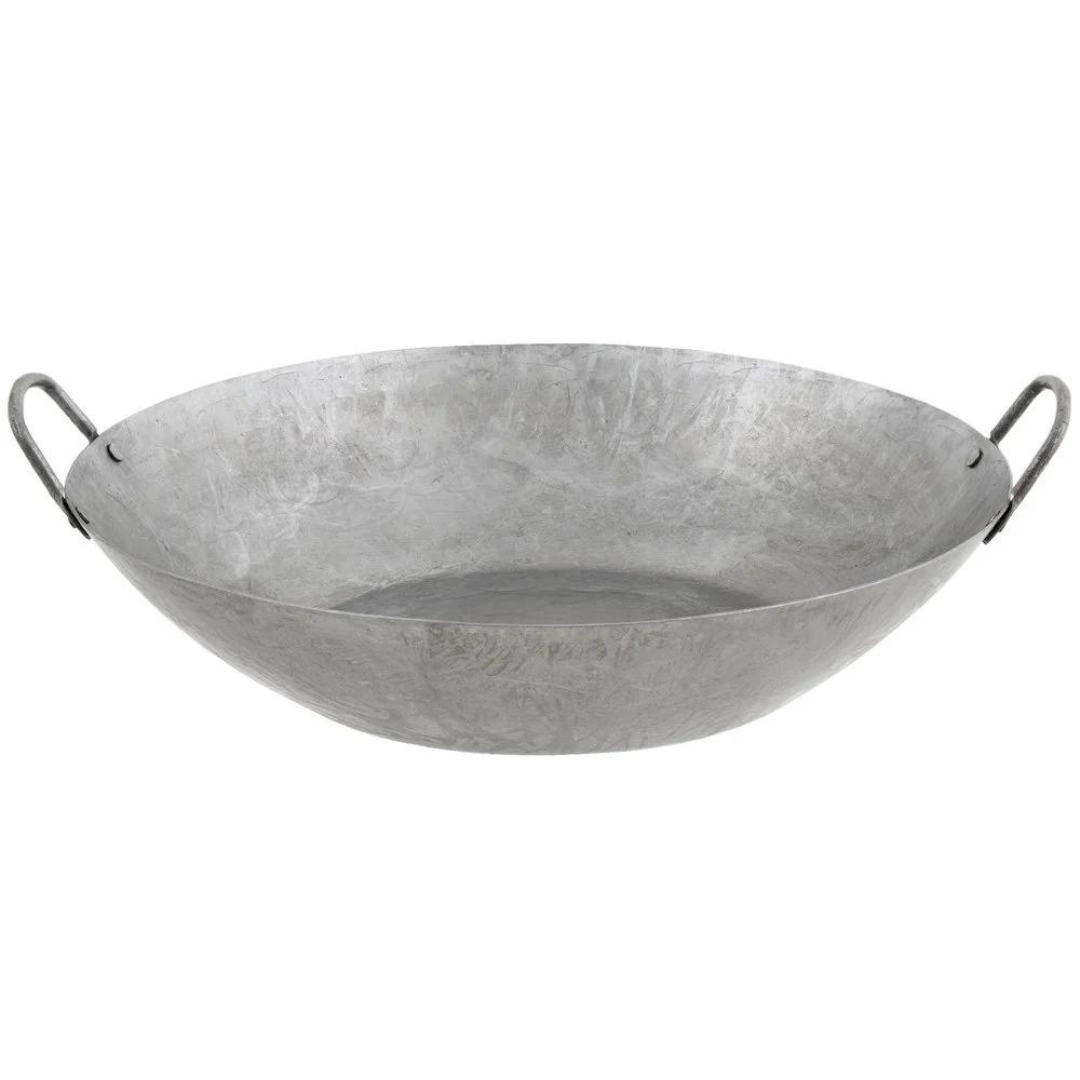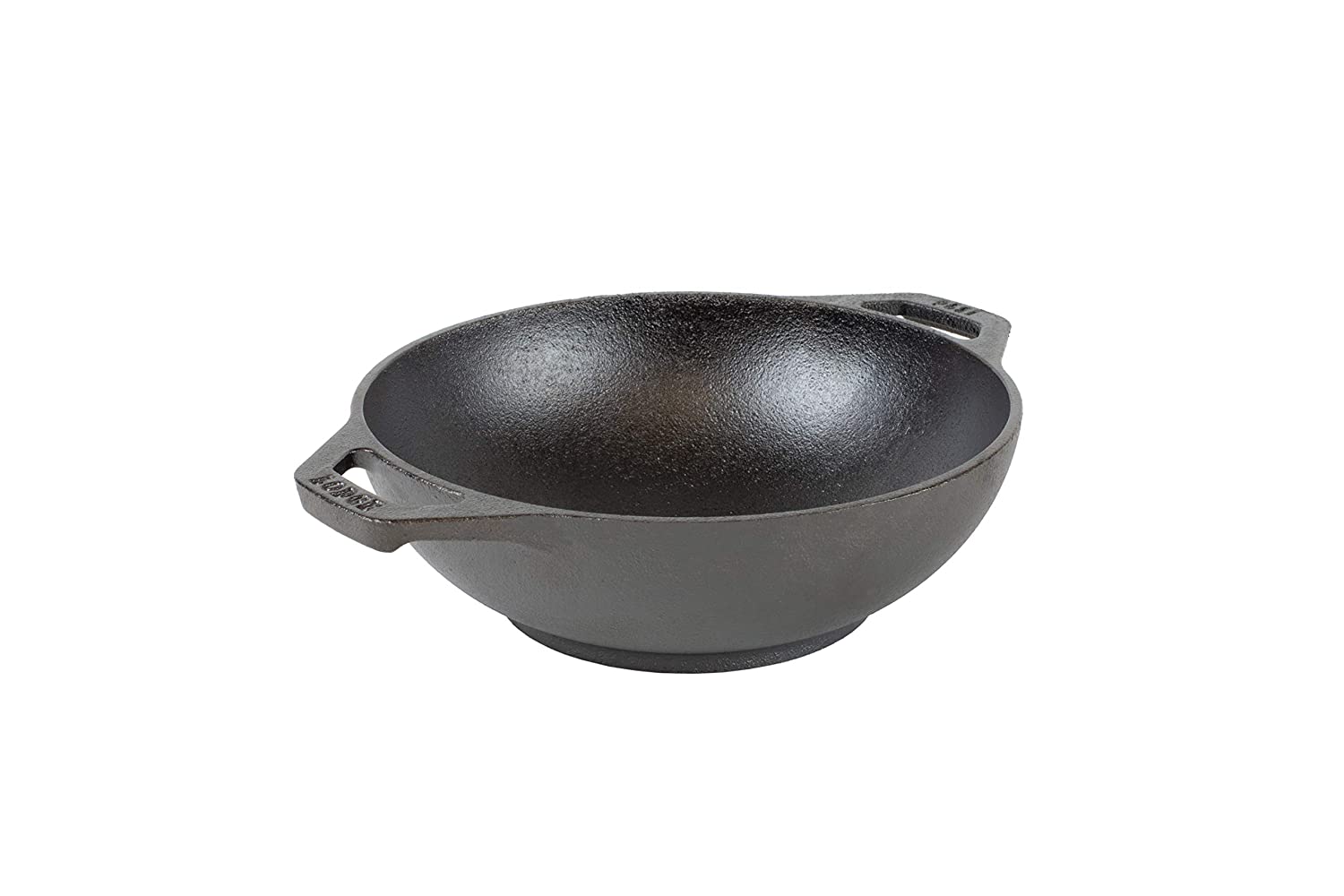Apr 25th 2023 - Team
Types of Woks: How to Choose the Best Woks
What sets a wok apart from the rest compared to a regular frying pan? Is it essential for my cooking plan to have one? The simple design of woks, which began in China but are now used all around the world, makes them one of the most adaptable cooking pans available. Read on to find out this is the best tool for your kitchen!
Types of Woks

- Cantonese Woks
- Mandarin Wok
- Cast Iron Wok
- Aluminum
- Carbon steel
- Cast aluminum
- Round-bottomed
- Flat-bottomed
What is a Wok?

The simple design of woks, which originated in Chinese cuisine but are now used all over the world, makes them one of the most adaptable cooking pans available. These spherical frying pans are iconic in design and are available in a wide range of materials and shapes.
A wok is a special type of frying pan with sloping sides and a deep bowl form that allows for even heating. The wok is an ancient Chinese cooking tool that has been used since the Han era. A traditional Dutch oven has a round bottom and high sides, but flat-bottomed versions are becoming more common because they can be used on most type of stove. Common configurations include a single long handle or two shorter ones on the sides.
Cantonese Woks

Cantonese woks, which have two U-shaped handles riveted on either side, are ideal for preparing and serving meals for big gatherings. They can also be used for cooking, albeit the curvature of the handles makes it trickier to flip food.
Woks made in the traditional Mandarin style are characterized by their circular bottoms and a single, long wooden handle or metal handle on one side. Popular meals, like stir fry, may be flipped with ease thanks to its handle, and the chef can even use it to measure out servings afterward.
Mandarin Wok

Some Mandarin woks have a loop handle on the other side of the stem handle for a more secure grip while shaking and tossing food items during cooking, although this is not standard. Because of its frequent use for tossing and turning food over high heat, this model of wok is often deeper than others.
Stainless Steel Woks
Stainless steel is long-lasting and presents an air of professionalism. It is not as important to season for best performance as cast iron or carbon steel since it is much less porous. It has a naturally smooth surface, making it simple to wipe down after use.
Winco WOK-14N
Cast Iron Woks

When heated, cast iron retains its temperature for an exceptionally long time, reducing the amount of time and energy needed to reheat food items. It gets frequent seasoning the longer you use it, increasing its non-stick characteristics rather than diminishing them.
It is crucial that you understand how to season and clean a wok to keep it in non-stick condition. By seasoning your wok before usage, you can cut back on the quantity of fat, cooking oil, or butter you put into your dish. This is especially true for cast iron and carbon steel, which are both porous materials.
Lodge L6MW
Want to learn more about the seasoning process? Check out this article.
Aluminum Wok

Because of their modest weight, these woks might be handy for cooks who have trouble lifting and agitating heavier woks. When heated, aluminum distributes the heat evenly and fast. In addition to being less expensive, this metal is also less resistant to heat and deformation than other metals. Aluminum pans are often easy to clean with soap and water, and many modern types may even be washed in the dishwasher.
Winco ASFP-11
Carbon steel Wok

Maintenance and care are essential to keep it from rusting, just as they are for cast iron. This steel can be heated to extremely high temperatures, allowing you to sear your meal quickly and evenly. Compared to iron and aluminum, carbon steel warms more slowly. When properly cared for and kept, the metal develops a smooth, nonstick surface that prevents rust and makes it resistant to warping and scratching during usage.
Winco WOK-36
Cast aluminum
These woks are a great alternative to traditional cast-iron counterparts because they are more portable, less expensive, and won't rust. However, while cooking, aluminum cookware can leak trace amounts of aluminum into food, giving it a metallic flavor. Since this leaching only happens if the pan is damaged or if the user is cooking with an acidic vinegar- or tomato-based cuisine, it has not been proven to pose any health risks. Strong as it is, cast aluminum can't withstand the high temperatures required by iron or steel.
Round-bottomed vs Flat-bottomed
Round-bottomed Woks
These woks have been used for centuries as standard cooking implements. Due to their design, they are ideal for rapid stir-frying, but may also be used for deep frying, boiling, braising, sautéing, and simmering. When preparing big quantities of fried rice or other items, a rounded wok is the most efficient option because it allows for rapid stirring and tossing of ingredients.
Flat-bottomed Woks
These woks are becoming increasingly common and may be found in a broad variety of sizes and designs. A wok with flat bottoms, similar to a frying pan, can be used safely and securely on electric stovetops and other flat cooking surfaces. While both the base and sides of a regular fry pan are flat, the sides of a wok are significantly taller and more rounded. This is the most common sort of wok, possibly because its shape is more intuitively at home on a variety of cooktops.

